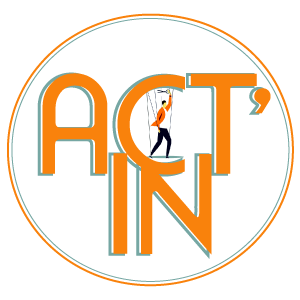What is an emotion?
Every day we go through different emotions, do we really know how to define them and listen to them? Do you ever wonder, what is my emotion right now?
No ?
Well then, a little tutoring!
What is an emotion?
When we talk about emotion we often hear the word “feeling”.
It is important to know that feeling and emotion are affective states.
Here the difference:
Feeling :
Feeling is the awareness of an emotional state that changes over time.
It is built on mental representations, settles in us for a long time and its feeling is less intense than the emotion. Feelings are born, grow and sometimes disappear. Moreover, it is directed towards a specific element (a situation, a person…).
Here are a few examples of feelings: Love, trust, guilt, loneliness, belonging, insecurity…
Emotion :
Whereas an emotion is a spontaneous reaction to a situation that is not necessarily well defined. An emotion triggers physical (blushing, sweating, your heart beats faster, etc.) and psychological (mood change) manifestations that last for a short period of time. Emotion is associated with mood, temperament, personality and motivation. Joy, fear and anger are examples of emotions.
Even if the feelings and emotions are different, they are extremely connected, hence the amalgamations!
Feelings trigger emotions and emotions create feelings.
Let’s take the example of someone who doesn’t stop barking at you when he sees you. This dog barks because he is afraid (emotion), on your side, your feeling will be insecurity every time you go to see him.
The different emotions :
It is the Wheel of Emotions by Robert Plutchik, an American professor and psychologist.

You can see 4 primary emotions: (fear, anger, joy, sadness: which when mixed together give 4 other secondary emotions: confidence (linked to joy), disgust (linked to sadness), anticipation (linked to anger) and surprise (linked to fear).
These emotions are placed in pairs of opposites: joy and sadness, fear and anger, disgust and confidence, surprise and anticipation. Keep in mind that each of these emotions can vary in intensity. So the paler it is, the lower the intensity and the darker the color for you to be at the height of your emotion! Then we have the tertiary emotions which are a combination of emotions that come very close to a feeling… that’s where I stop!
I hope that your emotion right now is the joy of having read this article and your feeling is the happiness of having learned something new!
Now that you know everything, don’t hesitate to take our little “knowledge test” quiz below!



